Home>Gardening & Outdoor>Landscaping Ideas>How To Plant Grass Rolls
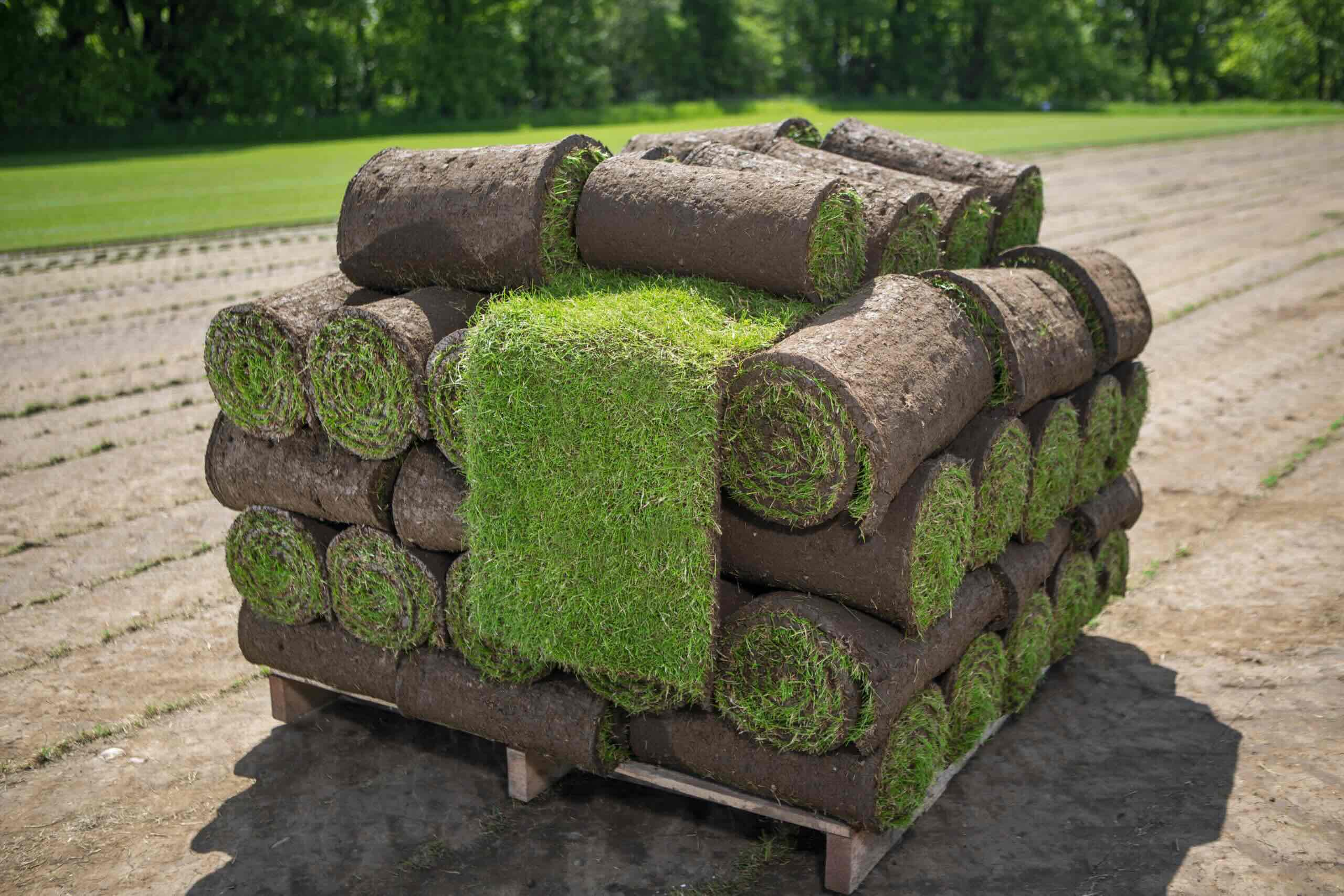

Landscaping Ideas
How To Plant Grass Rolls
Modified: February 18, 2024
Learn how to plant grass rolls with our expert landscaping ideas. Transform your outdoor space with our step-by-step guide.
(Many of the links in this article redirect to a specific reviewed product. Your purchase of these products through affiliate links helps to generate commission for Storables.com, at no extra cost. Learn more)
Introduction
Welcome to the world of lush green lawns and vibrant landscapes! Planting grass rolls is a fantastic way to achieve an instant, verdant lawn that will transform your outdoor space. Whether you’re revitalizing a tired lawn or starting fresh in a new area, the process of planting grass rolls requires careful consideration and a touch of horticultural finesse. In this guide, we’ll walk you through the essential steps to ensure that your grass rolls take root and flourish, providing you with a stunning carpet of greenery to enjoy for years to come.
From selecting the right type of grass rolls to preparing the soil and executing the planting process, each step plays a crucial role in the success of your lawn. We’ll also delve into the vital aspects of watering, fertilizing, and ongoing maintenance, equipping you with the knowledge to nurture your new lawn into a thriving ecosystem. So, roll up your sleeves and get ready to embark on this rewarding journey of creating a beautiful, vibrant lawn that will be the envy of the neighborhood!
Key Takeaways:
- Choose the right grass rolls based on your climate, sunlight, and maintenance level. Consult local experts for the best fit and create a vibrant, low-maintenance lawn that suits your outdoor vision.
- Prepare the soil thoroughly before planting grass rolls to ensure optimal growth. Clear debris, test soil, add organic matter, and create a level surface for a healthy, resilient lawn that will thrive for years to come.
Read more: How To Lay Grass Rolls
Choosing the Right Grass Rolls
When it comes to selecting the perfect grass rolls for your lawn, several factors should influence your decision. The climate of your region, the amount of sunlight the lawn receives, and the level of foot traffic are all critical considerations. Cool-season grasses, such as Kentucky bluegrass and fescue, thrive in northern regions with cold winters, while warm-season varieties like Bermuda grass and Zoysia are better suited to the heat of southern climates.
Another important aspect to consider is the amount of shade in your yard. If your lawn is shaded by trees or buildings, opt for shade-tolerant grass species such as fine fescue or St. Augustine grass. On the other hand, if your lawn receives ample sunlight throughout the day, you can choose from a wider range of grass types that thrive in full sun.
Furthermore, the level of maintenance you’re willing to commit to your lawn should influence your choice of grass rolls. Some varieties require more frequent mowing and watering, while others are more drought-tolerant and low-maintenance. Additionally, consider the aesthetic qualities of different grass species, such as color, texture, and density, to ensure that your chosen grass rolls align with your vision for your outdoor space.
Consulting with local landscaping professionals or nursery experts can provide valuable insights into the most suitable grass rolls for your specific location and requirements. By carefully considering these factors and selecting the right grass rolls, you can lay the foundation for a healthy, vibrant lawn that will thrive in its environment and enhance the beauty of your property.
Preparing the Soil
Before planting your grass rolls, it’s essential to prepare the soil to create an optimal environment for the new lawn to take root and flourish. Start by removing any debris, such as rocks, branches, and weeds, from the area where the grass rolls will be installed. This will ensure a clean and even surface for the new lawn.
Next, assess the quality of the soil. Conduct a soil test to determine its pH level and nutrient composition. This information will guide you in making any necessary amendments to the soil to create a hospitable environment for the grass rolls. Adjust the pH level as recommended for the specific type of grass you’ve chosen, typically by adding lime to raise the pH or elemental sulfur to lower it.
Adding organic matter, such as compost or well-rotted manure, to the soil can improve its structure and fertility, providing an ideal foundation for the new lawn. Work the organic matter into the soil to a depth of several inches, using a rototiller or garden fork to ensure thorough incorporation.
Once the soil has been cleared of debris and enriched with organic matter, it’s time to create a level surface for the grass rolls. Use a rake to smooth out any uneven areas and create a uniform grade across the entire lawn area. Pay attention to any low spots where water may accumulate, as proper drainage is crucial for the health of the new lawn.
By taking the time to prepare the soil diligently, you’ll establish the groundwork for a thriving lawn that is well-equipped to support the growth and development of the grass rolls. This careful preparation will set the stage for a healthy, resilient lawn that will bring joy and beauty to your outdoor space for years to come.
Before planting grass rolls, make sure to prepare the soil by removing any debris and loosening the top layer. Water the area thoroughly before laying the grass rolls to help with root establishment.
Planting the Grass Rolls
With the soil meticulously prepared, it’s time to embark on the exciting process of planting the grass rolls. Begin by ensuring that the grass rolls are freshly harvested and of high quality. This ensures that the turf is healthy and ready to establish itself in its new environment. Ideally, the grass rolls should be installed immediately upon delivery to prevent them from drying out.
Start by laying the grass rolls along the edge of the lawn area, working from one side to the other in a staggered pattern. This will create a seamless and natural-looking lawn while minimizing the visible seams between the rolls. Use a sharp knife to trim the edges of the grass rolls as needed to fit them into the designated area, such as around flower beds or pathways.
As you lay each grass roll, press it firmly into the soil to ensure good contact between the roots and the ground. This will facilitate the transfer of moisture and nutrients, enabling the grass to establish itself more effectively. Avoid stretching or overlapping the grass rolls, as this can lead to uneven growth patterns and potential health issues for the lawn.
After all the grass rolls have been installed, gently roll the entire lawn area with a lawn roller to ensure good soil-to-turf contact. This will help to eliminate any air pockets and promote root establishment. Water the newly installed grass rolls thoroughly, providing enough moisture to penetrate the soil to a depth of several inches.
It’s important to monitor the newly planted lawn carefully in the days and weeks following installation. Keep the soil consistently moist to support the establishment of the grass rolls, adjusting your watering schedule based on the weather conditions and the needs of the lawn. With proper care and attention, the grass rolls will take root and begin to thrive, transforming the landscape into a lush, verdant oasis.
Watering and Fertilizing
Proper watering and fertilizing are essential for nurturing the newly planted grass rolls and promoting their healthy growth. After installation, it’s crucial to establish a regular watering routine to ensure that the grass receives adequate moisture to support root development and overall vitality. In the initial stages, water the lawn daily, keeping the soil consistently moist but not waterlogged. As the grass rolls begin to establish themselves, gradually transition to a less frequent watering schedule, allowing the soil to dry slightly between watering sessions.
When watering, aim to provide enough moisture to penetrate the soil to a depth of at least 4-6 inches. This encourages the grass roots to grow deeper, enhancing their resilience and drought tolerance. Early morning is the best time to water the lawn, as it allows the grass to dry before evening, reducing the risk of fungal diseases. Additionally, be mindful of any specific watering restrictions or guidelines in your area, especially during dry periods or drought conditions.
In addition to proper watering, fertilizing the new lawn is crucial for providing essential nutrients that support healthy growth and vibrant greenery. Choose a high-quality, slow-release fertilizer specifically formulated for newly established lawns. Apply the fertilizer according to the manufacturer’s instructions, ensuring even coverage across the entire lawn area.
It’s important to avoid over-fertilizing, as this can lead to excessive top growth at the expense of root development, making the lawn more susceptible to stress and disease. Regular fertilization, typically every 6-8 weeks during the growing season, will help sustain the lawn’s vigor and lush appearance. As with watering, be mindful of any local regulations or guidelines regarding fertilizer application, particularly in environmentally sensitive areas.
By maintaining a consistent watering schedule and providing the appropriate fertilization, you’ll support the healthy establishment and ongoing vitality of the newly planted grass rolls. This attentive care will contribute to the development of a robust, verdant lawn that enhances the beauty of your outdoor space and provides a welcoming environment for leisure and relaxation.
Read more: How Heavy Is A Roll Of Artificial Grass
Maintaining the New Lawn
Once the grass rolls have taken root and established themselves, ongoing maintenance is key to ensuring the long-term health and beauty of your lawn. Regular mowing is essential to keep the grass at an optimal height, promoting thick, lush growth and discouraging weed encroachment. Adjust the mower height based on the specific type of grass you’ve planted, aiming to remove no more than one-third of the grass blade length with each mowing session.
It’s important to maintain sharp mower blades to achieve clean, precise cuts that contribute to the overall health of the grass. Dull blades can tear the grass, leaving it vulnerable to stress and disease. Additionally, vary the mowing pattern with each session to prevent the grass from developing a grain and to minimize soil compaction.
Regular lawn maintenance also involves monitoring for pests and diseases that can threaten the well-being of the grass. Keep an eye out for signs of insect damage or fungal issues, addressing any problems promptly to prevent them from spreading and causing extensive harm to the lawn. Consulting with a local extension service or landscaping professional can provide valuable guidance on identifying and managing common lawn pests and diseases.
Furthermore, aeration can be beneficial for maintaining the health of the lawn, particularly in compacted soil. Aerating the lawn allows air, water, and nutrients to penetrate the soil more effectively, promoting robust root growth and overall resilience. Depending on the size of the lawn and the extent of compaction, aeration can be performed using core aerators or spike aerators, typically in the spring or fall when the grass is actively growing.
As the seasons change, adjust your lawn care practices accordingly. In the fall, continue to mow the grass as needed and remove fallen leaves to prevent matting and potential disease issues. Consider overseeding the lawn to fill in any thin or bare areas, promoting a dense, healthy turf. In the winter, minimize foot traffic on the lawn to prevent compaction, and refrain from applying fertilizer until the following spring.
By implementing a comprehensive maintenance routine that encompasses mowing, pest management, aeration, and seasonal adjustments, you’ll foster the long-term health and vibrancy of your lawn. This commitment to attentive care will reward you with a beautiful, resilient landscape that provides enjoyment and natural beauty for years to come.
Frequently Asked Questions about How To Plant Grass Rolls
Was this page helpful?
At Storables.com, we guarantee accurate and reliable information. Our content, validated by Expert Board Contributors, is crafted following stringent Editorial Policies. We're committed to providing you with well-researched, expert-backed insights for all your informational needs.
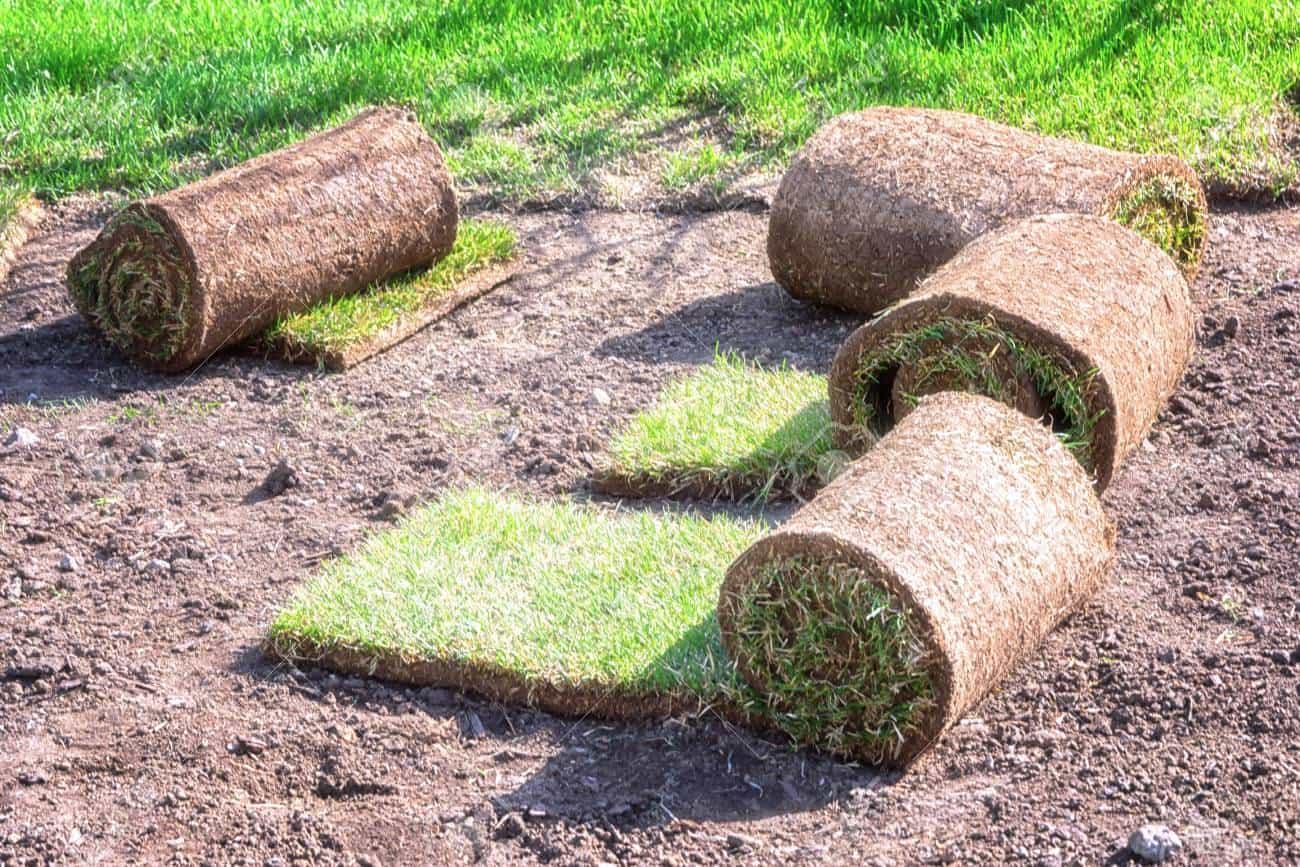
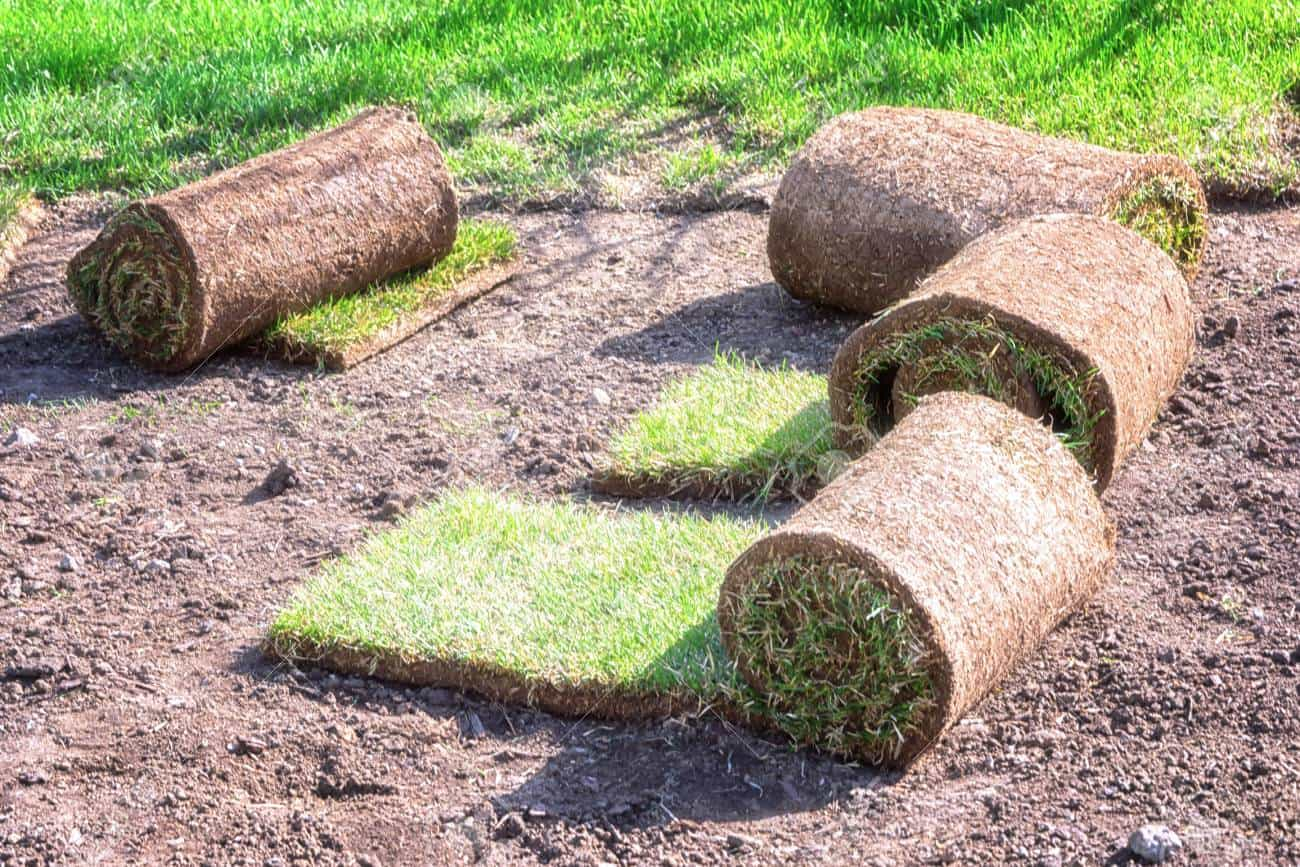



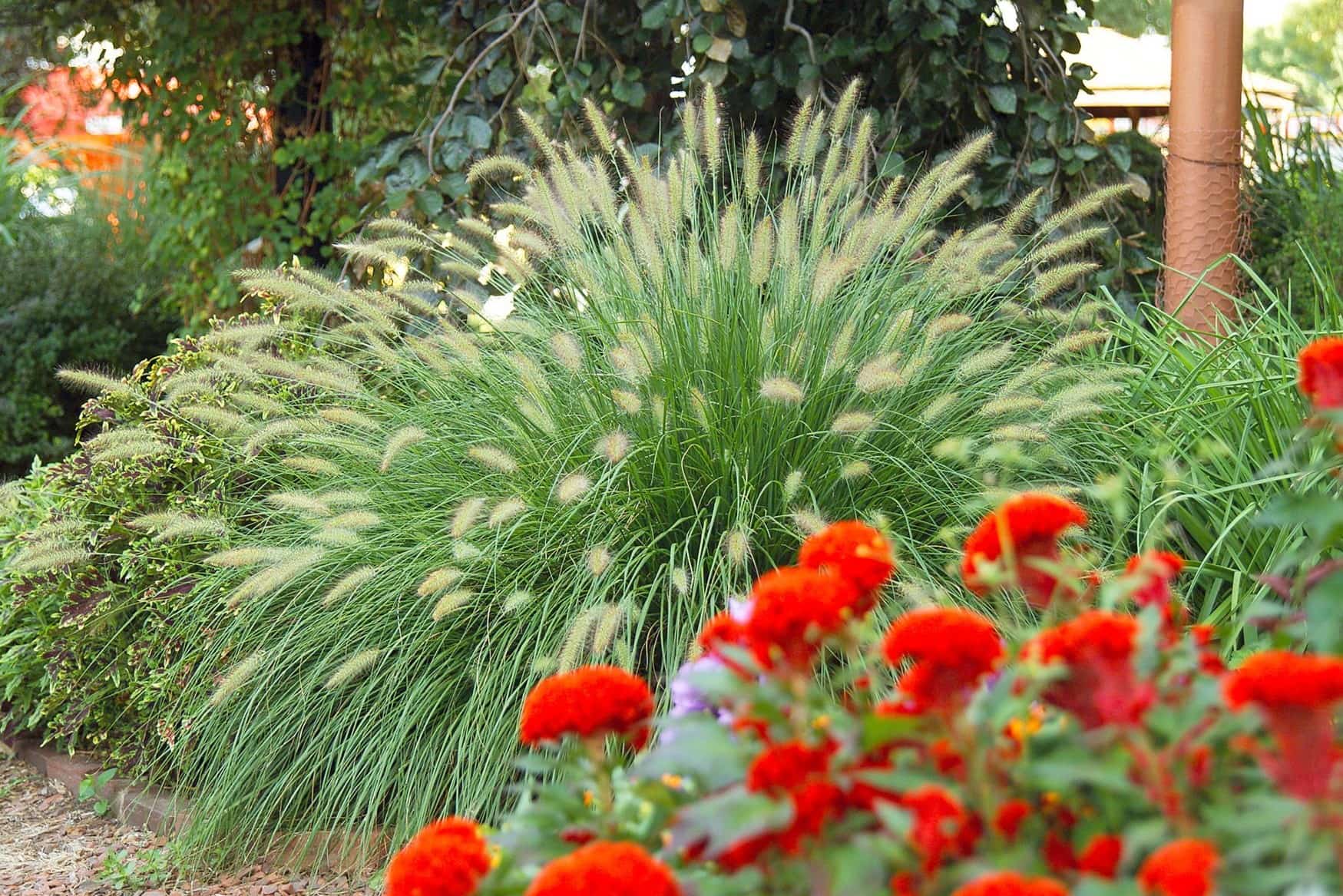




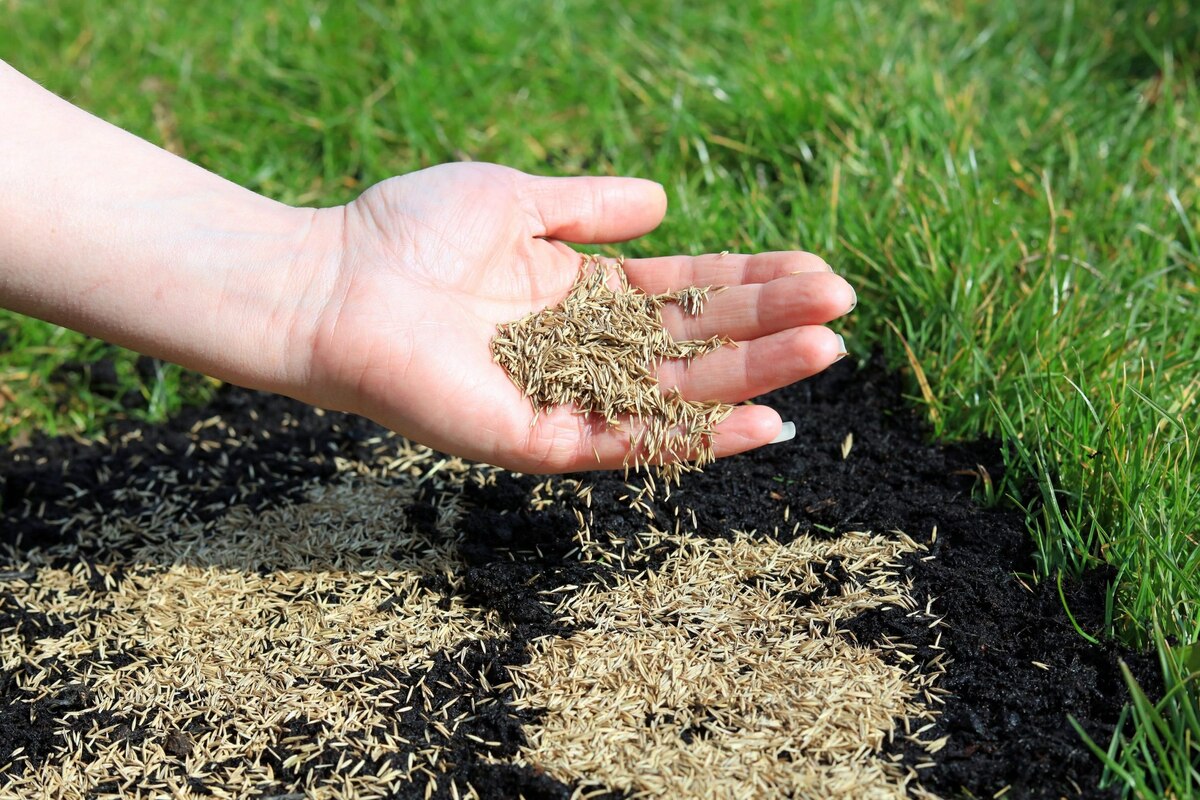


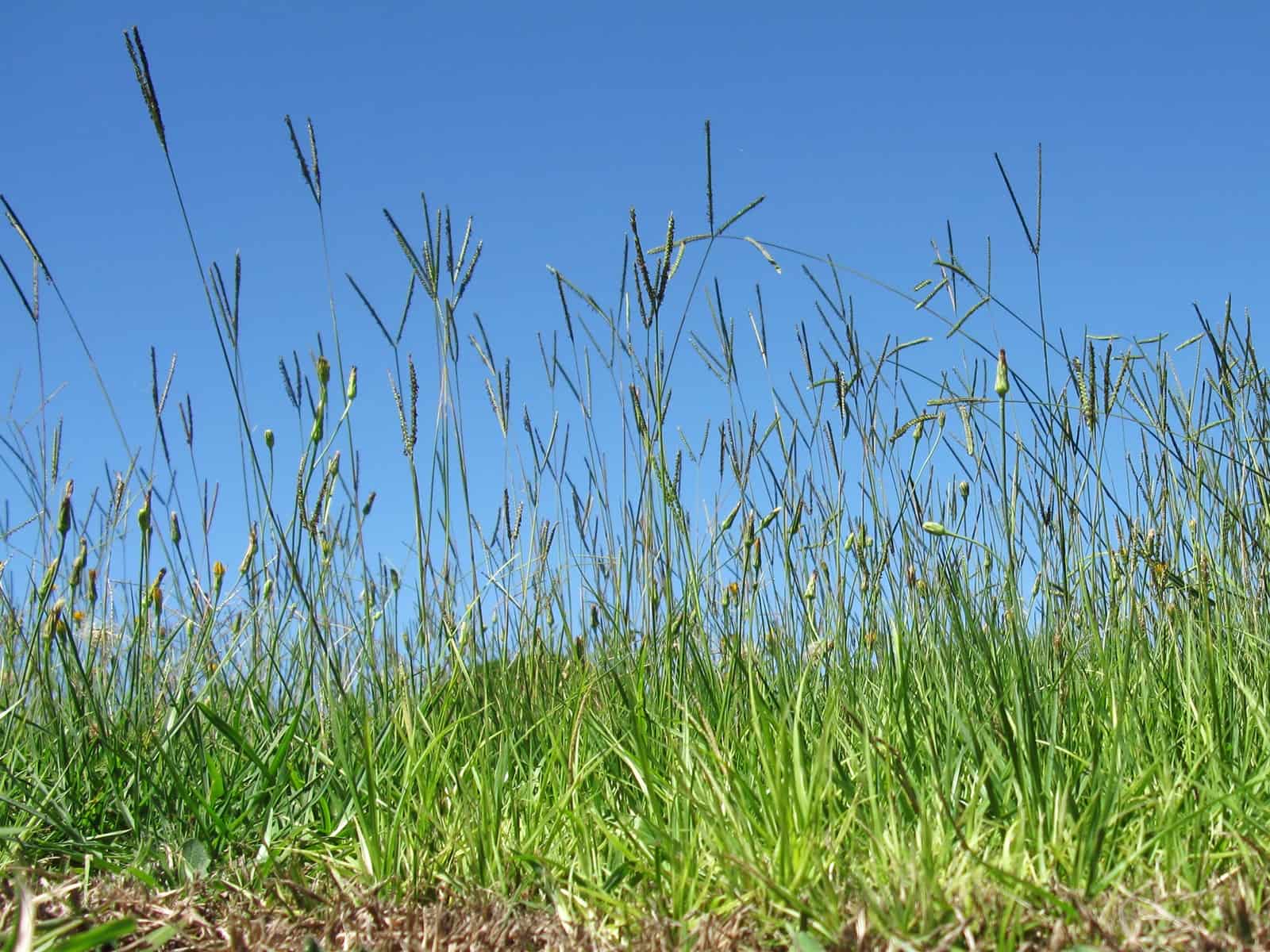

0 thoughts on “How To Plant Grass Rolls”